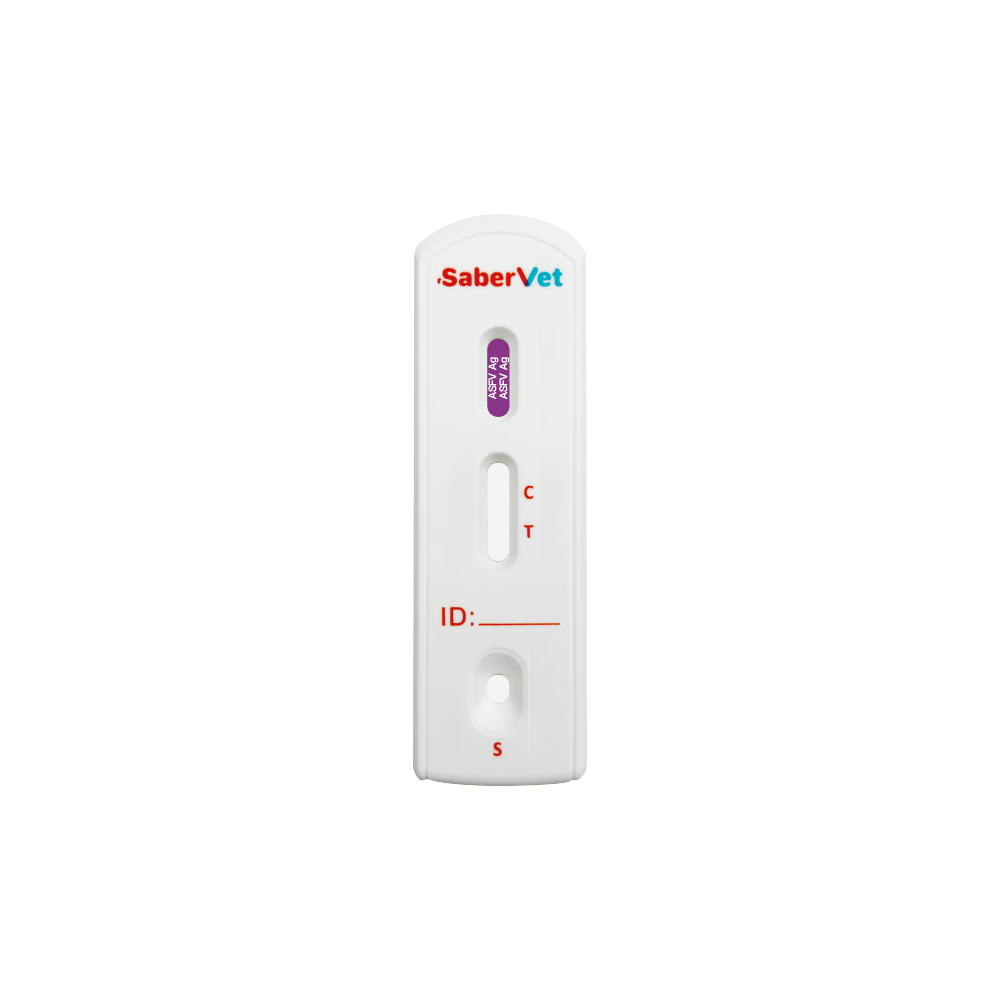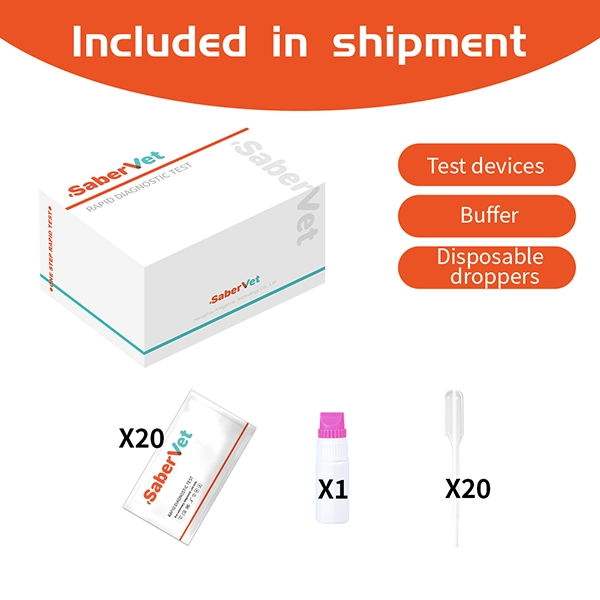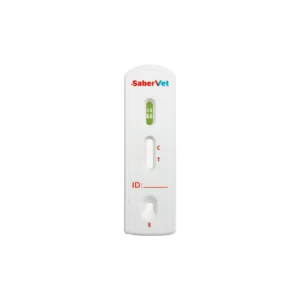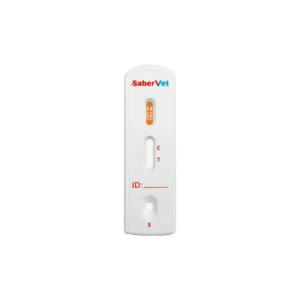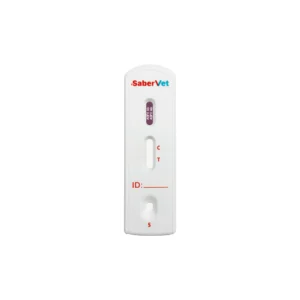Description
Pathological Introduction
African swine fever (ASF) is an acute contact, widespread haemorrhagic, virulent infectious disease caused by African swine fever virus (ASFV) infection of pigs, and pigs of all ages are susceptible to it, with a mortality rate of up to 100%. Although African swine fever is highly pathogenic to pigs, it is not a zoonotic infectious disease, and so far there are no reports of it infecting humans, so there is no risk of infection to humans.
Clinical Symptom
The incubation period of ASF is 4 to 19 days, and the characteristic clinical manifestation is the sudden death of pigs. It is mainly divided into four types: the most acute type, acute type, subacute type, and chronic type.
The most acute type: death without showing any clinical symptoms. Acute type: elevated body temperature, which can be as high as 42℃, loss of appetite, body weakness, lying down and curling up; haemorrhages on the skin of neck, ears, limbs, abdomen, cyanosis, visual mucous membrane flushing, mucopurulent secretion from eyes and nose; vomiting, constipation or diarrhoea, faeces surface covered by blood and mucus, adhering to bloodstained faeces or soil near the tail; respiratory difficulties, and neurological symptoms when the disease is prolonged; sows have abortions, Stillbirth or weak piglets; the death rate is as high as 90%-100%, and the duration of the disease is 6-15 days.
Sub-acute type: the same symptoms as acute, but milder, mortality rate of 30% -70%; body temperature fluctuations irregularly, generally higher than 40.5 ℃; respiratory distress, wet cough; joint pain, swelling; disease duration of 7-20 days. Chronic type: mostly found in areas where the disease has been endemic for a long time, with a mortality rate of less than 30 per cent; fluctuating fever, respiratory distress, wet cough; emaciation or stunted growth, weakness and dull fur; duration of the disease is 2-15 months.
Autopsy Lesions
Typical identifying features of diseased pigs after autopsy include: the spleen is congested and enlarged, Up to 2-10 times that of normal spleen, Fragile texture and raised edges are important clinical distinguishing features of this disease; lymph nodes are enlarged and haemorrhagic; and organs such as the kidneys, lungs, heart, liver and stomach are seen to be enlarged and haemorrhagic. The intestines are seen reddened to varying degrees, and in severe cases haemorrhage is seen.
Testing Methods
As far as the current research status of African swine fever is concerned, the pathogenetic diagnostic techniques for ASFV mainly include antigen detection, live virus detection, nucleic acid detection and so on. Among the current ASFV detection techniques, they are mainly divided into two main categories: nucleic acid detection techniques for viral DNA; and immunological techniques for viral antigen and antibody reactions, etc. The World Health Organisation has also recommended ASFV testing methods for the disease, and through research has summarised real-time fluorescence quantitative PCR testing, PCR testing and ELISA testing. ITGEN's latest ASFV rapid test kit can maintain a high degree of consistency between the test results and PCR test results in practical applications.
Treatment/Prevention Regimen
African swine fever virus infection does not produce typical neutralising antibodies, and there is no effective vaccine for the disease, Therefore, infected pigs or pigs suspected to be infected should be culled as soon as possible.
- For ASFV-free countries should have the awareness of preventing ASF and strictly control the introduction of African swine fever from abroad.
- For countries where ASFV outbreaks are occurring, the infected and threatened areas should be designated as soon as possible, infected animals should be culled, infected carcasses and materials should be properly disposed of, thorough cleaning and disinfection should be carried out, detailed epidemiological investigations should be carried out, the movement of pigs in the infected areas should be controlled, and contact between healthy pigs and soft ticks should be avoided.
- For countries where ASFV exists, mainly avoid contact between animals such as domestic pigs and wild boars and soft ticks.
-
The creation of Itgen not only reinforces the company’s commitment to quality and innovation but also serves as a testament to its unwavering dedication to improving animal health and welfare.Together, we can make a difference. Contact Antigennenow and let’s unlock the future of animal health.
